Handle With Care: These Succulent Varieties Are Poisonous
When I first started growing succulents I hadn't considered the fact that some of them might be poisonous or dangerous, especially since I knew some succulents like Aloe vera and Prickly Pear can be eaten. I also knew (from too much experience) that the spines on cacti could also be painful.
While not all succulents are poisonous, it's a good idea to know the few that are and what type of threat they may pose to humans and animals.
Overall though, succulents are pretty safe as far as toxicity is concerned. I'm finding that the spines and needles are the most dangerous part of succulents.
In general, if you don't know what type of succulent plants you own, I'd highly recommend calling poison control if your child ingests any succulent. While they likely will not cause any serious harm, it could make them sick.
If you have dogs or cats, or any other animal that roams your house or near your succulent garden it's a great idea to look up the type of succulents you own and see what potential threat they are to your animals. While many animals are smart enough to avoid plants that can make them sick, not all will.
Euphorbias
One of the more commonly known poisonous succulent is the Euphorbia family. Euphorbias contain a white sap in their leaves that can irritate skin. While not all people react as intensely, the sap will generally cause a rash to appear wherever it came in contact with skin.
It's best to use gloves when handling Euphorbias to avoid skin contact with the sap. You also shouldn't ingest the sap or a Euphorbia plant in general.
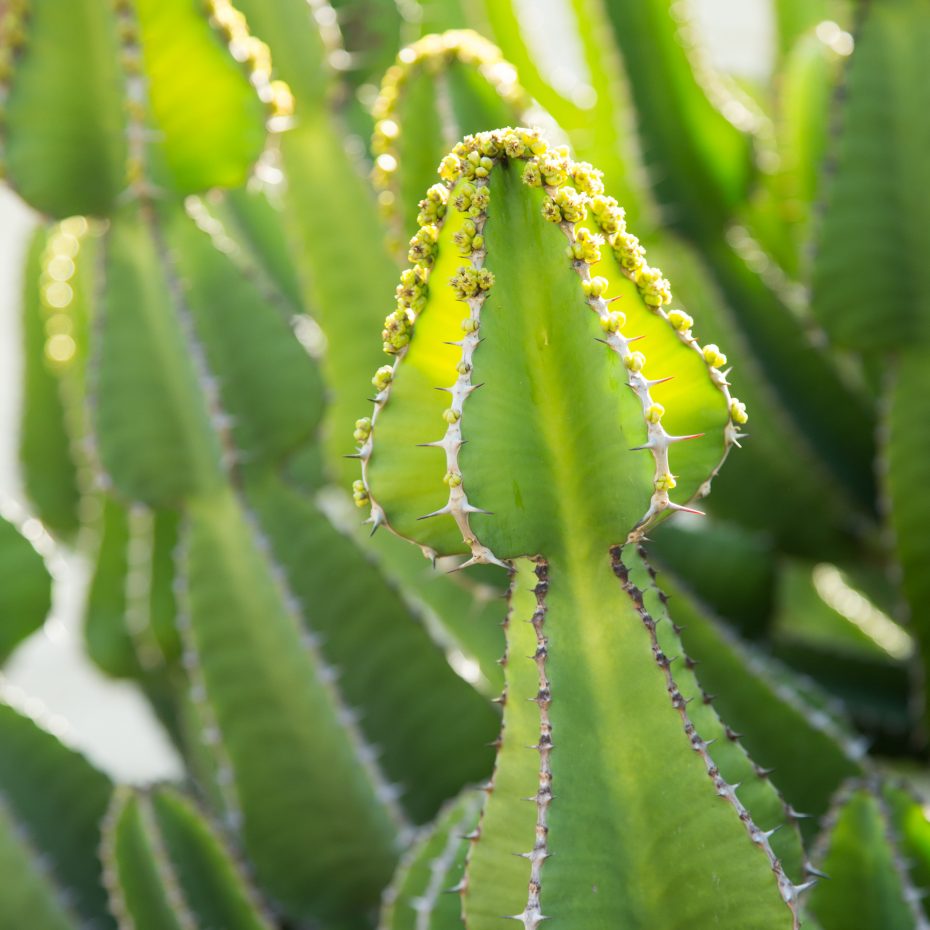
Kalanchoes
While not dangerous for humans, many Kalanchoes can cause animals to become sick if they eat the leaves. Usually it will cause some sickness but is rarely fatal.
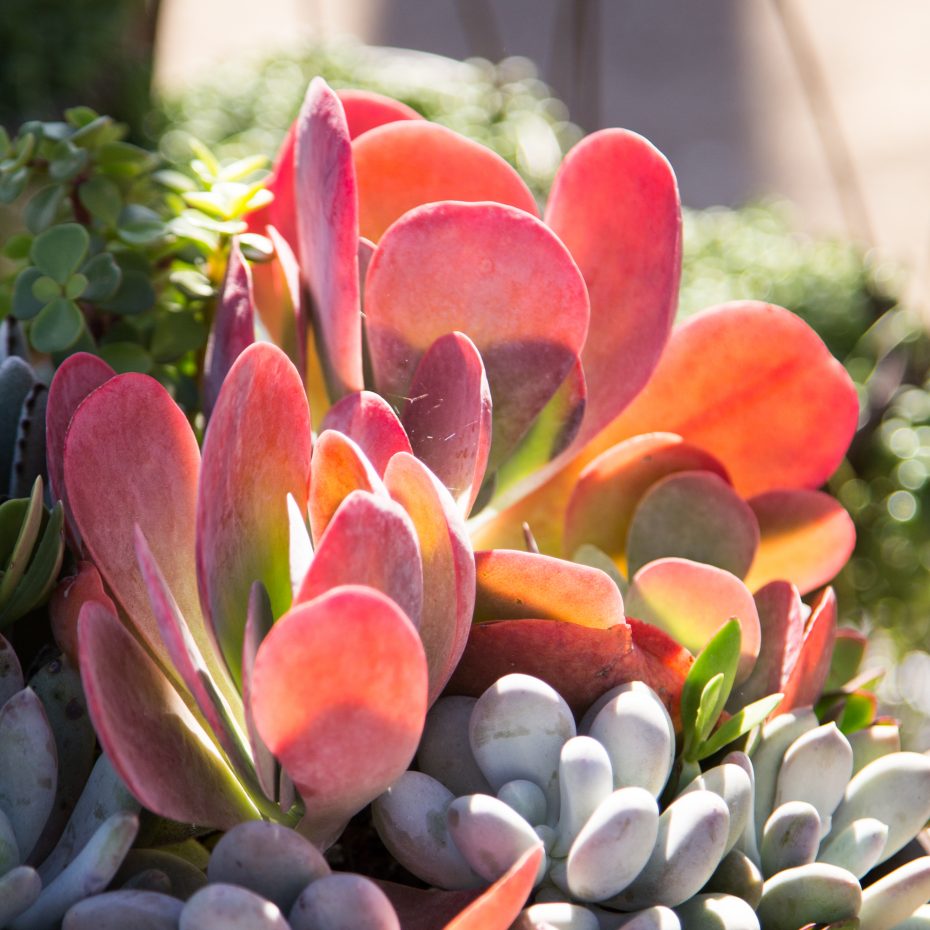
Cacti and Succulent Safety
The two genera listed above are the only two that I found consistently listed as potentially harmful to humans and animals as far as being poisonous. However, it's equally important to keep sharp succulents out of reach of children and animals.
When you are decorating with succulents indoors, place cacti and sharp succulents such as Agaves out of reach for both children and animals.
While some have sharp spines that can easily cause harm, some are more subtle but still irritating. One of my least favorite cacti as far as needles go is Opuntia microdasys. These little guys are the worst! One slight bump and you'll be pulling needles out of your hand for days, not to mention the subtle sting and irritation that accompany them.
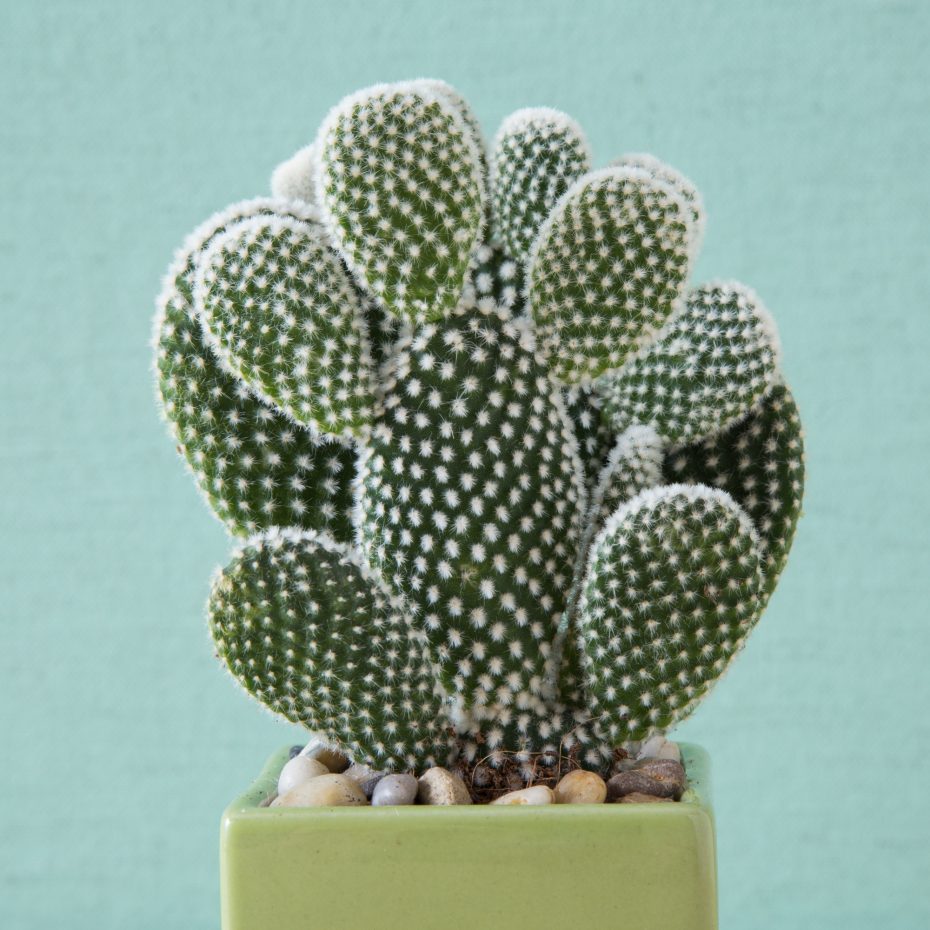
For outdoor succulent gardens try to keep anything sharp away from sidewalks or areas where children and pets frequently play. Also let your children know that touching the spikes can be painful!
Just a few simple measures can help keep everyone safe while roaming your garden.
When potting cacti, you can use gloves to help prevent getting poked by their spines.
Another way to avoid contact with these sharp succulents is to wrap them with a towel or newspaper before planting. Then you can hold onto the towel or newspaper without getting spines in your hands.
Again, it's helpful to know which succulents you own and do a little research to see if they may pose a threat to any of your loved ones. Fortunately though, succulents are pretty safe plants overall!
Save Your Succulents With This Critical Watering Technique And Look Like A Pro
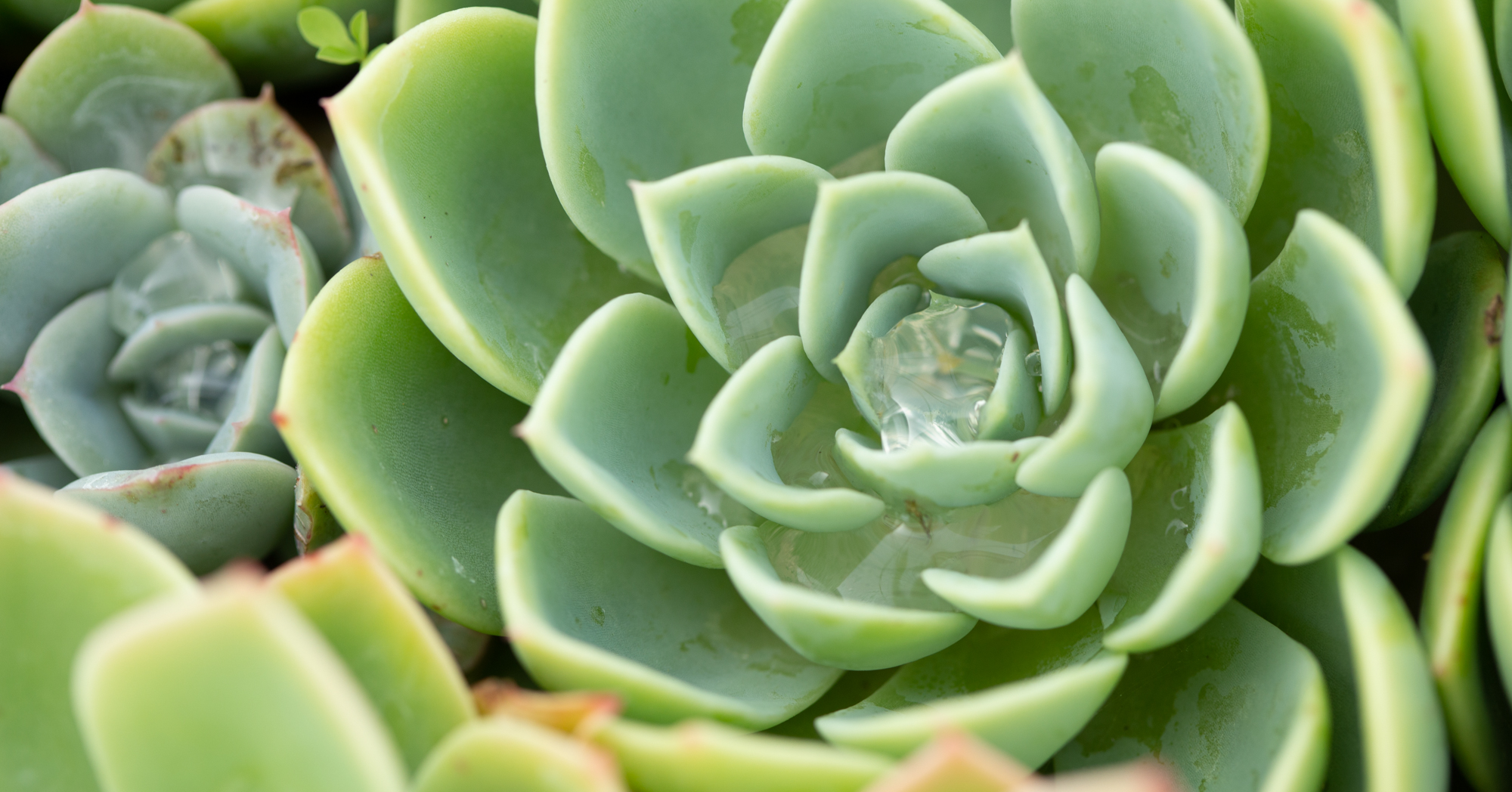
A big part of keeping succulents healthy is providing them with the right environment. You'll want to pay attention to the soil they're in, how much sunlight they're getting, and most importantly, how often you're watering them. The method and frequency of watering succulents are critical to preventing rot while encouraging lots of new growth.
Are you overlooking this critical part of succulent care?
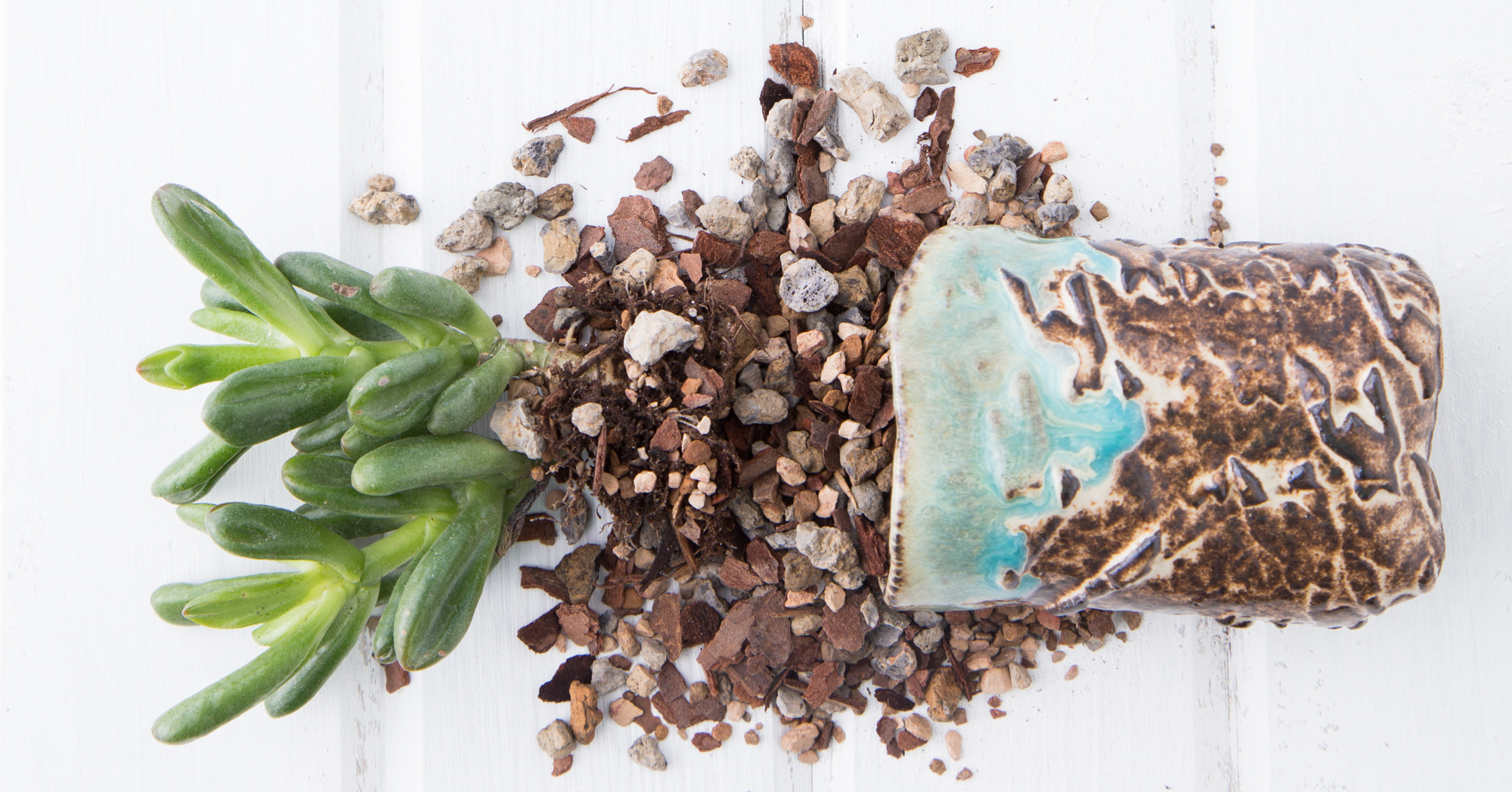
Many people who struggle to grow succulents think they have a watering problem. As it turns out, most of them have a soil problem. Using the proper succulent soil will make caring for these unique plants so much easier. Find out what type of soil is best for succulents and where to find it.
This article originally appeared on Succulents and Sunshine.